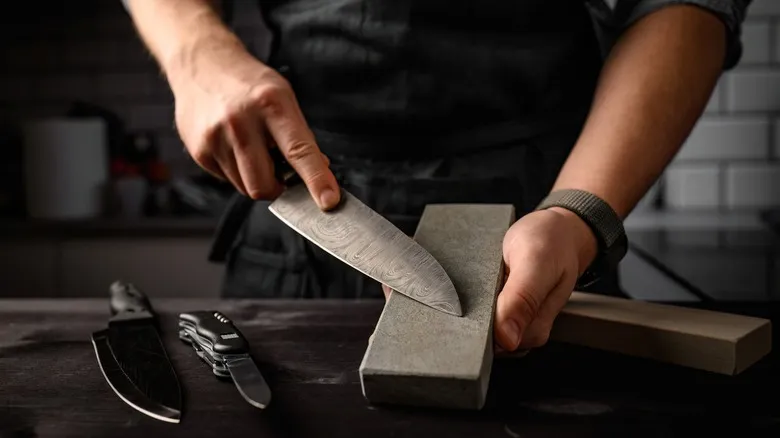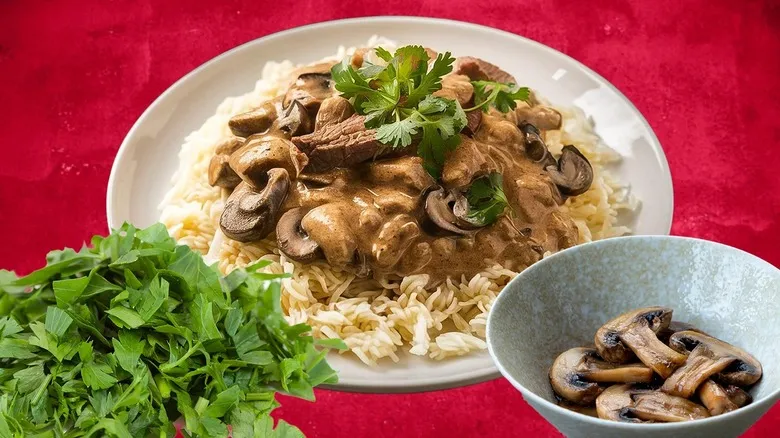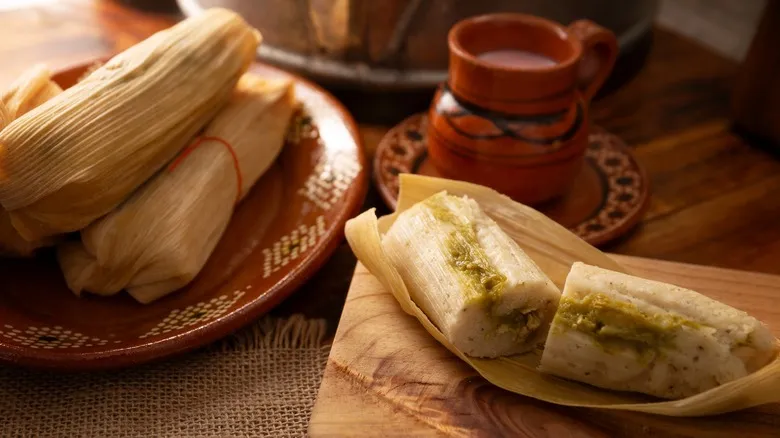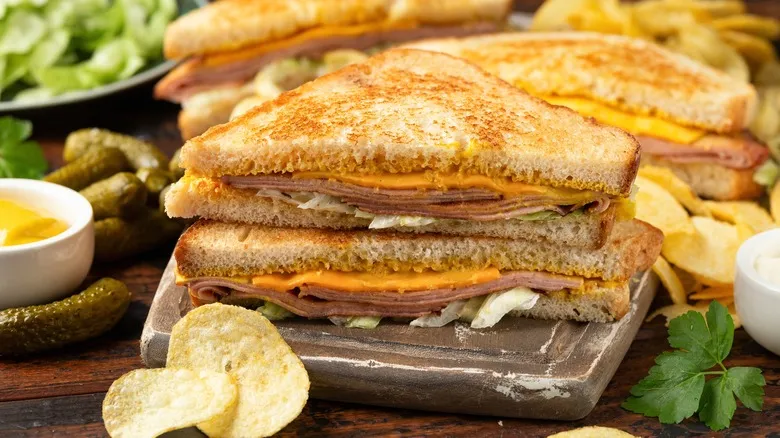A dull knife can harm a salad's flavor and texture

Cutting a head of lettuce is an essential task for turning large leaves into manageable, bite-sized pieces. However, when vegetables are cut, they experience a range of chemical reactions. According to NPR, while an increase in polyphenols is generally beneficial for nutrition, it can also lead to some produce becoming less palatable. Certain vegetables may develop a bitter flavor to deter selective eaters, while others may change color as damaged cells oxidize or take in moisture. For example, lettuce can begin to turn pink or develop a "rust" appearance after being sliced.
Although these changes are unavoidable when preparing a salad, the sharpness of your knife can influence the extent of the damage to the produce. Ingredients like lettuce and herbs require extra attention during salad preparation. If they become overly bruised or crushed, they are likely to wilt or lose their flavor. Using a sharp chef's knife allows for quick, precise cuts, minimizing the force applied to delicate produce and safeguarding the plant cells from unnecessary harm.
Selecting the appropriate knife or cutting technique can also help maintain the appealing qualities of your ingredients. For instance, ceramic or plastic knives are ideal for slicing avocados, as metal can accelerate browning. Gordon Ramsay's stacking technique for chopping basil is another effective method to prevent bruising the delicate herb. Regardless of the cutting method you choose, the best approach is to ensure your blades are sharp to avoid damaging your salad vegetables.
Other signs your knife is overdue for sharpening

Figuring out the right moment to sharpen your knives isn't always easy. Since knife maintenance is one of the essential skills taught in culinary school, it's understandable that home cooks may not recognize the signs. To make matters more complex, there isn't a universal answer that applies to every scenario. Several factors can influence how quickly or slowly you need to sharpen your knives, including how frequently you use them and their overall quality. Nevertheless, there are a few helpful guidelines to keep in mind when considering how often to sharpen your knives.
In addition to the issues with wilted lettuce or lackluster herbs, other aspects of your food preparation can provide useful hints. If you typically use a non-serrated knife for slicing tomatoes and find that they are getting crushed, resulting in a watery mess on your cutting board, it's likely that the blade has dulled. The same applies if you find yourself sawing through bell peppers or using both hands to chop a carrot into small pieces. There are also alternative methods to assess a knife's sharpness without testing it on food, such as (carefully!) feeling the blade's surface with your thumb or attempting to cut through a sheet of paper. Once you determine that your knife needs sharpening, you'll be on track to save time in the kitchen and create more delicious meals — salads included.
Recommended

Mistakes Everyone Makes When Cooking Beef Stroganoff

2 Easy Swaps If You Can't Find Corn Husks Or Banana Leaves For Tamales

The Southern Way To Elevate Your Bologna Sandwich

Ina Garten's Favorite Lemon Vinaigrette Is Too Easy And Delicious To Ignore
Next up

